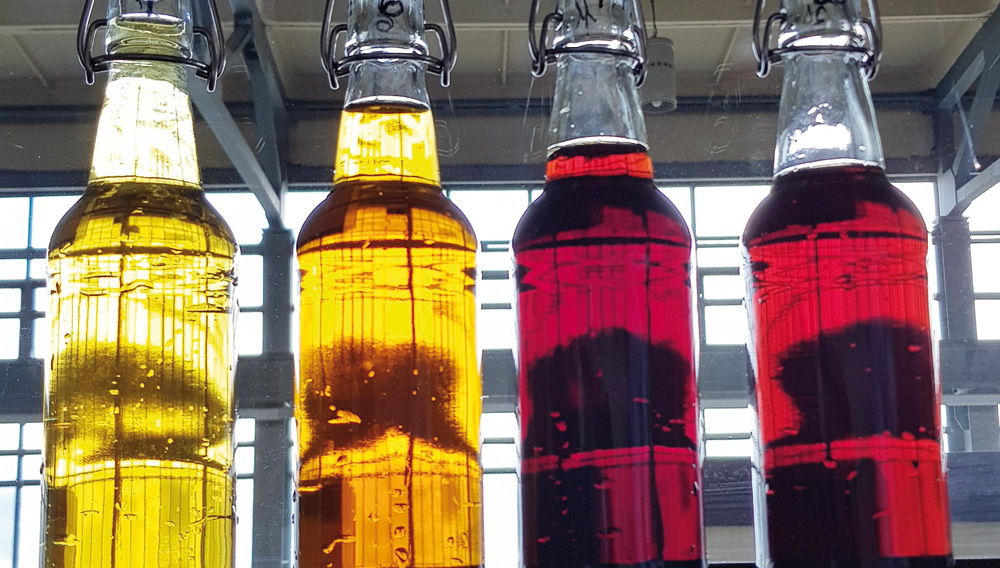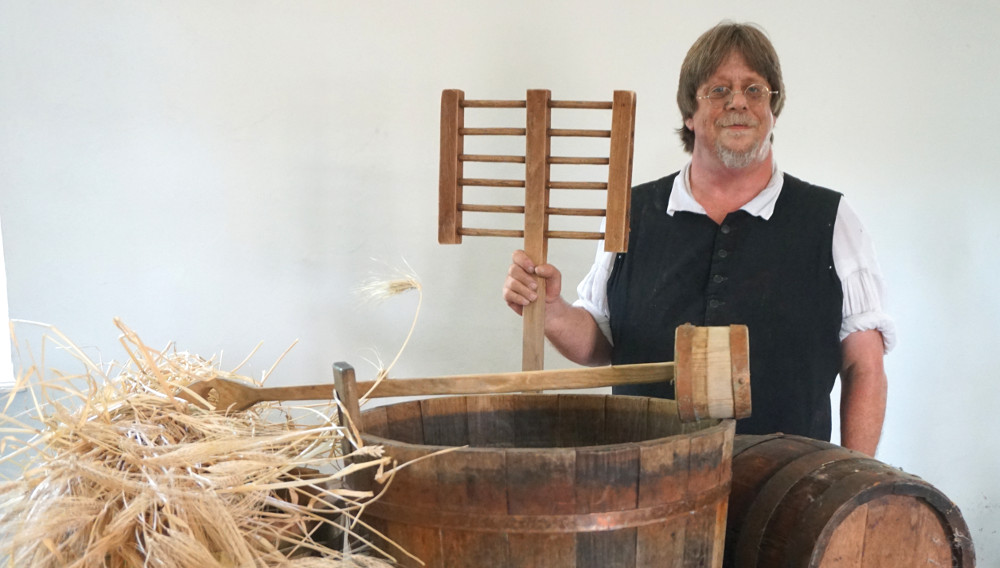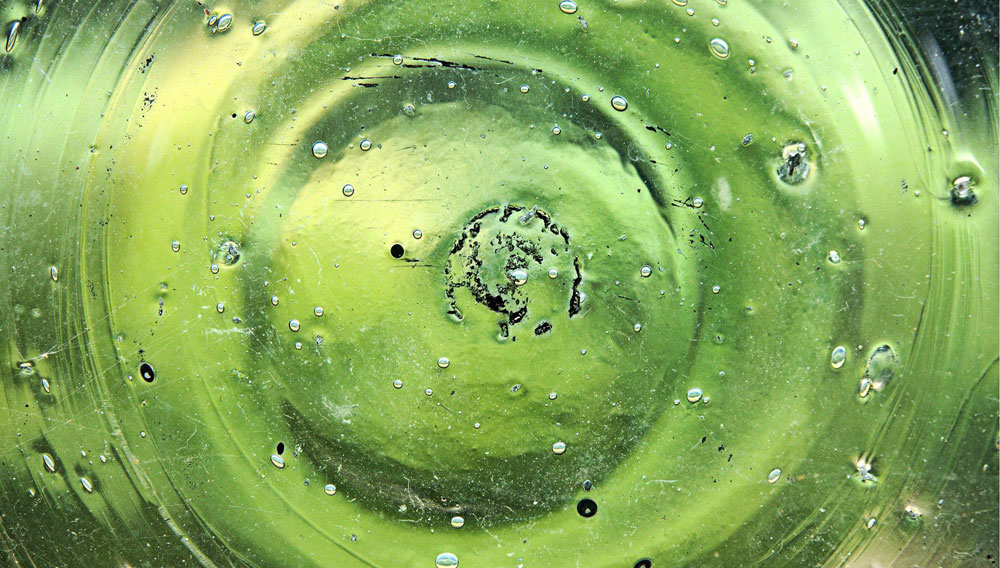
Beer from the time of the Kaiser | The discovery of a very special bottle, a relic from the German Empire of 1871–1918, has aroused much interest. Scientists from the Technical University of Munich (TUM) have now analysed samples of this historical beer. Their extensive experiments reveal a number of details about the dawn of industrialisation in the brewing trade.
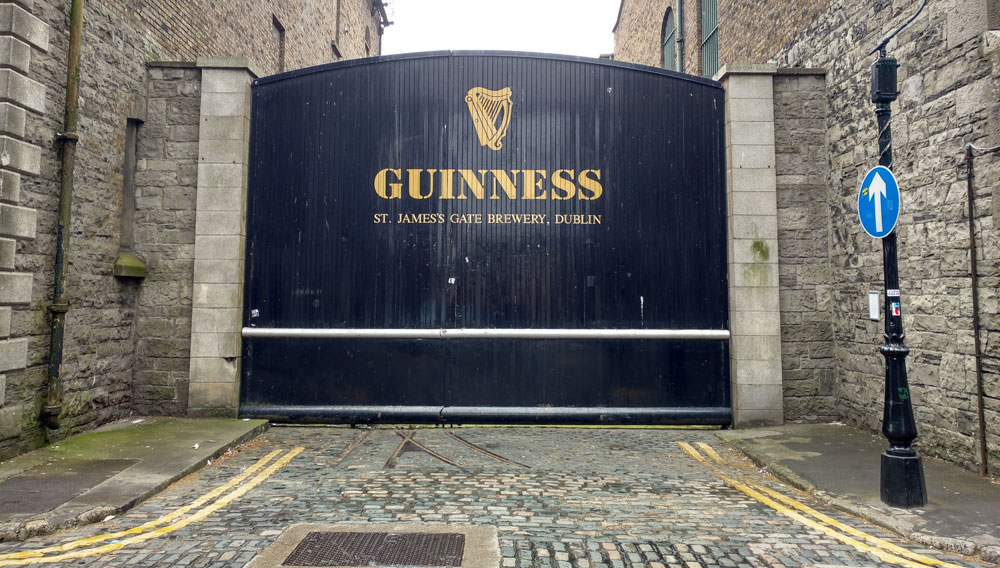
The world’s greatest optimist | Some people in this world are able to create great things from almost nothing. The following story is one example of just such a person. A man once bought a dilapidated brewery and not only brewed beer there but also developed such a unique beer that today, the name of the brewery is synonymous with the beer style he produced there. When you think of stout, you think of Guinness – and vice versa. What follows is the story of Arthur Guinness and his unique beer.
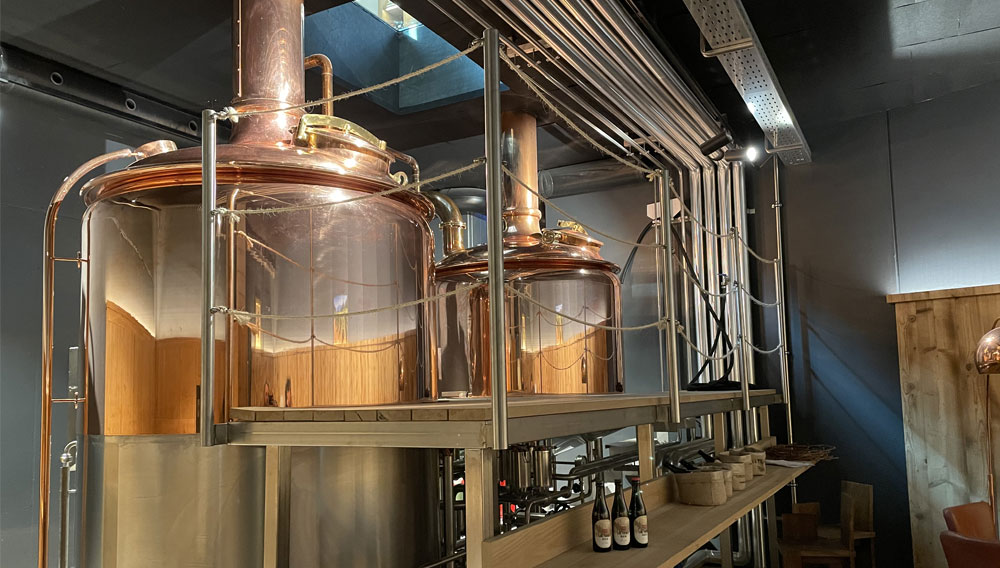
Best of two worlds | The historical region of Tyrol, now divided between Austria and Italy, is located in the eastern part of the Alps. The people of the Italian South Tyrol speak German, but identify themselves primarily with the culture of winemaking, not brewing. We talked about the position of brewing in modern South Tyrol with Gerhard Sanin, a winemaker and brewer who heads the Weingut Moser winery and the Mendelbier brewery located under the same roof.
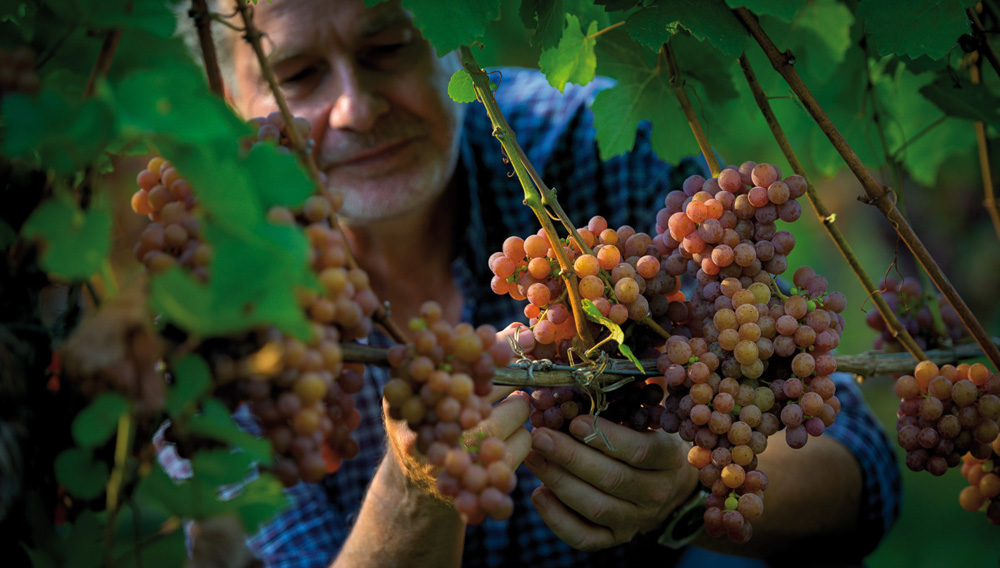
Merging of two worlds | It is probably no coincidence that this new beer style has become established in Italy. In a place where a deeply rooted wine tradition meets a very lively new beer scene, there are no intimacy issues whatsoever. The following is an overview of the origins of this style, the grape varieties and the production techniques employed as well as predictions about the future of these specialty beers.
From stowaway to hectolitre millionaire | Rarely have triumph and tragedy been so close in a brewer’s life as with Adolph Coors. Starting with virtually nothing as an immigrant in the USA, he opened a brewery in no man’s land, and built it – after decades of hard work – into one of the largest breweries in the world. However, he was never truly happy despite all of his success. In part three of our series, Günther Thömmes portrays the remarkable life of this giant of brewing history.
King of the beer pioneers | Munich brewer Gabriel Sedlmayr II, the person responsible for the Spaten Brewery rising to become the leading brewery in Europe, is without doubt the brightest light among the numerous outstanding brewery entrepreneurs of the 19th century – and thus he shall have the honor of being the first to be showcased in the BRAUWELT series “The giants of brewing history”.
The humble beginning of beer production in the New World goes back to the British colonial period in North America. A number of recipes have survived, especially from the 18th century. Their authors carefully wrote them down in the meticulous English of the time, which seems antiquated to us today.
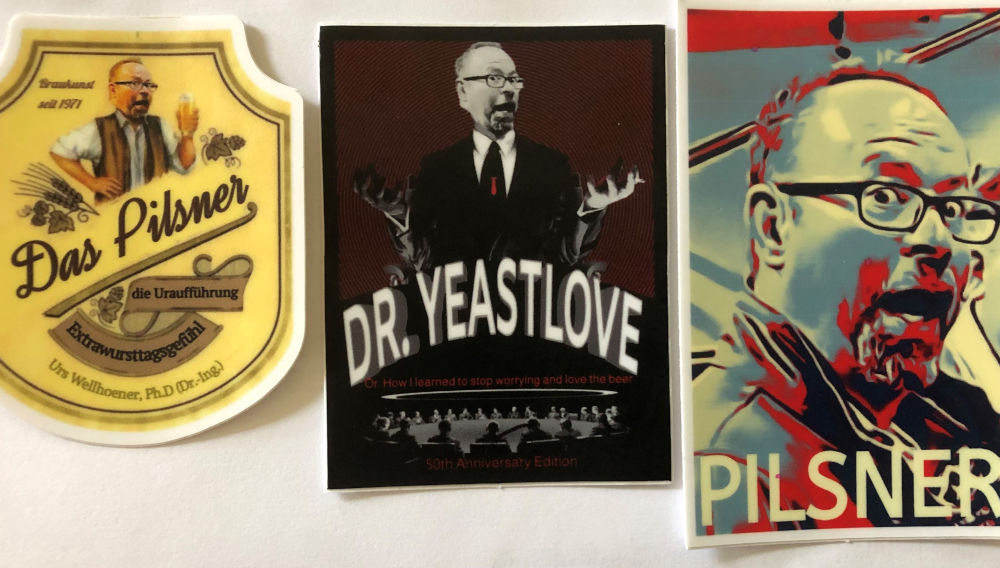
Family history | It certainly happens from time to time that a brewer serves self-brewed beer for a special birthday. The fact that this beer was fermented with the brewer's yeast discovered by his grandfather is the absolute exception. Dr. Urs Wellhoener, Technical Director Brewing Innovation at The Boston Beer Company, Boston, MA, USA, was lucky enough to treat himself with this special brew for his 50th birthday, and BRAUWELT talked with him about his “birthday beer”.

Seven classics | The concept of the Trappists and their beers was explored in the first part of this series. The author also introduced the new generation of Trappist breweries, namely the five where brewing commenced between 2012 and 2018 (BRAUWELT International no. 6, 2020, pp. 440–442). In this second installment in the series, the focus will be on the traditional Trappist breweries.
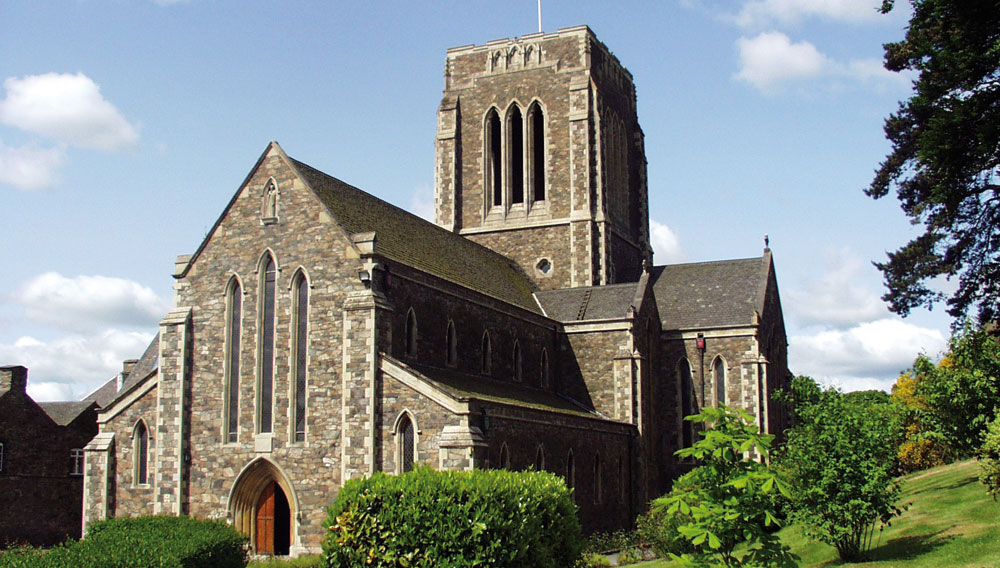
Ora et labora | Anyone who has anything to do with beer is certainly familiar with the term “Trappist ale”, and most have likely already tasted at least one of them as well. But what is the story behind Trappist beer?
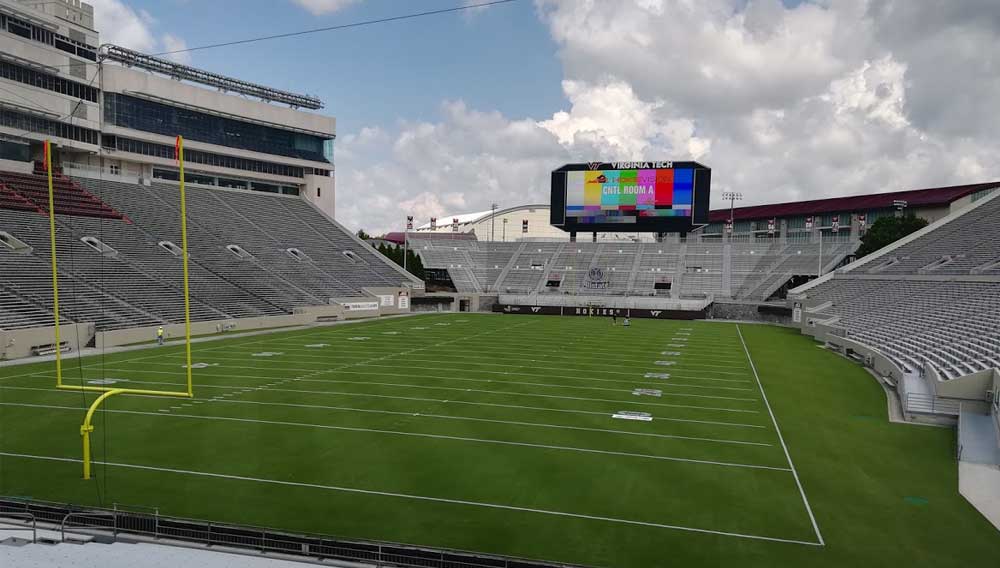
Summer school | Although still in its pilot phase, 2018 marked the first collaboration between the Virginia Polytechnic Institute and State University (VT) and the Technische Universität München (TUM) in the form of an exchange program for brewing and food technology students.

